Study of Monitoring False Data Injection Attacks Based on Machine-learning in Electric Systems
DOI: 10.23977/jeis.2017.22013 | Downloads: 91 | Views: 5591
Author(s)
Baoyi Wang 1, Yadong Zhao 1, Shaomin Zhang 1, Bihe Li 1
Affiliation(s)
1 School of control and Computer Engineering, North China Electric Power University, Baoding 071003, Hebei Province, China
Corresponding Author
Baoyi WangABSTRACT
False data injected by hackers can interfere with power system state estimation and pose a great threat to the safe and reliable operation of modern power systems (FDIA). The traditional bad data detection method can not effectively detect such attacks. In this paper, by extracting relevant power system measurement characteristic value and use the historical data as the sample, using three classical machine learning algorithms (Perceptron, KNN, SVM) of false data injection attack detection, and respectively in IEEE-9, IEEE-57, IEEE-118 simulation platform for test, verify the supervised machine learning algorithm is applied to the validity of false data injection attack detection.
KEYWORDS
FDIA, Machine Learning, Supervised LearningCITE THIS PAPER
Baoyi, W., Yadong, Z., Shaomin, Z., Bihe, L. (2017) Study of Monitoring False Data Injection Attacks Based on Machine-learning in Electric Systems. Journal of Electronics and Information Science (2017) Vol.2, Num.1: 122-128.
REFERENCES
[1] Zhao J.H., Liang G.Q., Wen F.S., Dong C.Y. Enlightenment from Ukraine event: Precaution of false-data injection attack to power grids [J]. Automation of Electric Power Systems, 2016,07:149-151.
[2] Liu Y,Ning P,Reiter M K.False data injection attacks against state estimation in electric power grids[J] . ACM Transactions on Information and System
[3] C. Rudin et al., “Machine learning for the New York City power grid,” IEEE Trans. Pattern Anal. Mach. Intell., vol. 34, no. 2, pp. 328–345, Feb. 2012.
[4] R. N. Anderson, A. Boulanger, W. B. Powell, and W. Scott, “Adaptive stochastic control for the smart grid,” Proc. IEEE, vol. 99, no. 6, pp. 1098–1115, Jun. 2011.
[5] Z. M. Fadlullah, M. M. Fouda, N. Kato, X. Shen, and Y. Nozaki, “An early warning system against malicious activities for smart grid communications,” IEEE Netw., vol. 25, no. 5, pp. 50–55, Sep./Oct. 2011.
[6] Y. Zhang, L. Wang, W. Sun, R. C. Green, and M. Alam, “Distributed intrusion detection system in a multi-layer network architecture of smart
[7] Wang S,Ren W.Stealthy false data injection attacks against state estimation in power systems: Switching network to pologies[C]//2014 American Control Conference.Portland,OR:IEEE,2014:1572-1577.
[8] O. Bousquet, S. Boucheron, and G. Lugosi, “Introduction to statis- tical learning theory,” in Advanced Lectures on Machine Learning, O. Bousquet, U. von Luxburg, and G. Rätsch, Eds. Berlin, Germany: Springer-Verlag, 2004.
[9] S. Kulkarni and G. Harman, An Elementary Introduction to Statistical Learning Theory. Hoboken, NJ, USA: Wiley, 2011.
[10] Q. Wang, S.R.Kulkarni, and S. Verdú, “Divergence estimation for mul- tidimensional densities via k-nearest-neighbor distances,” IEEE Trans. Inf. Theory, vol. 55, no. 5, pp. 2392–2405, May 2009.
[11] S. Theodoridis and K. Koutroumbas, Pattern Recognition. Orlando, FL, USA: Academic, 2006.
[12] R. D. Duda, P. E. Hart, and D. G. Stork, Pattern Classification. New York, NY, USA: Wiley.
| Downloads: | 6260 |
|---|---|
| Visits: | 247778 |
Sponsors, Associates, and Links
-
Information Systems and Signal Processing Journal

-
Intelligent Robots and Systems

-
Journal of Image, Video and Signals
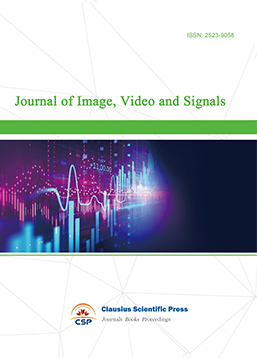
-
Transactions on Real-Time and Embedded Systems
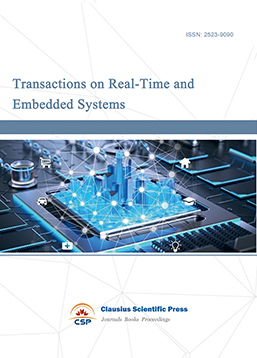
-
Journal of Electromagnetic Interference and Compatibility
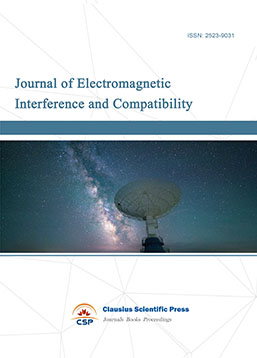
-
Acoustics, Speech and Signal Processing
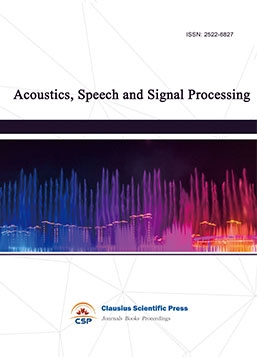
-
Journal of Power Electronics, Machines and Drives
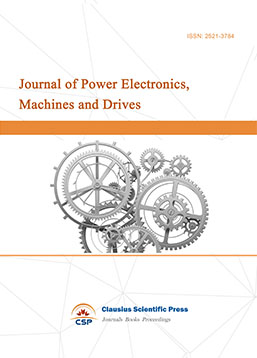
-
Journal of Electro Optics and Lasers

-
Journal of Integrated Circuits Design and Test
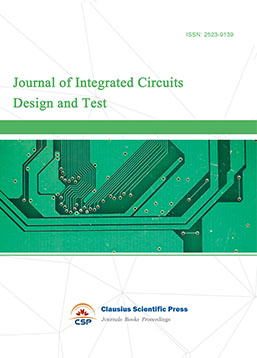
-
Journal of Ultrasonics
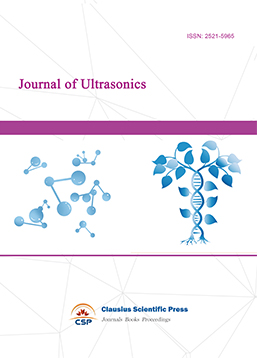
-
Antennas and Propagation
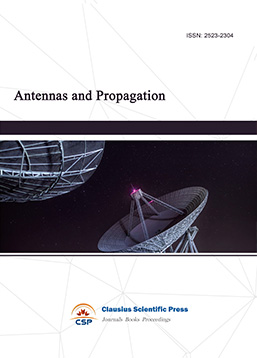
-
Optical Communications
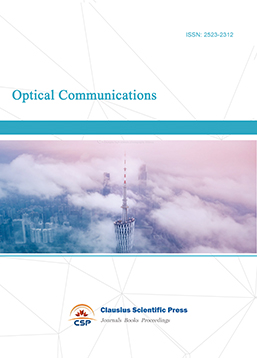
-
Solid-State Circuits and Systems-on-a-Chip
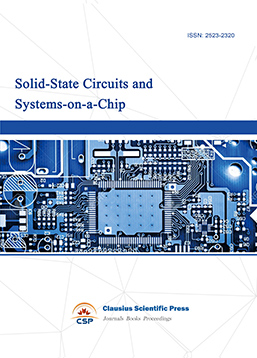
-
Field-Programmable Gate Arrays

-
Vehicular Electronics and Safety

-
Optical Fiber Sensor and Communication
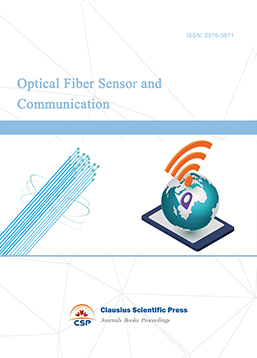
-
Journal of Low Power Electronics and Design
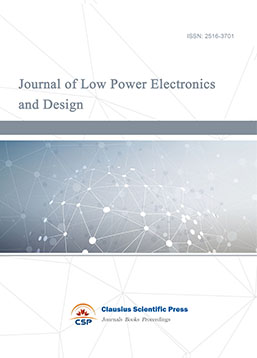
-
Infrared and Millimeter Wave
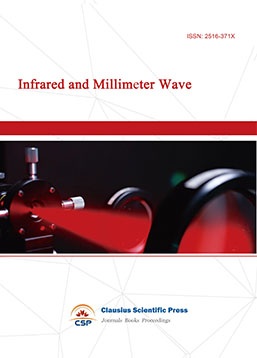
-
Detection Technology and Automation Equipment

-
Journal of Radio and Wireless

-
Journal of Microwave and Terahertz Engineering
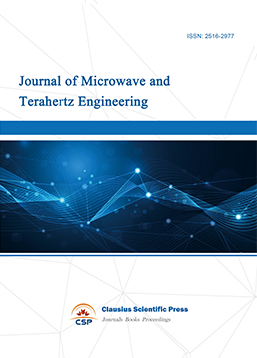
-
Journal of Communication, Control and Computing
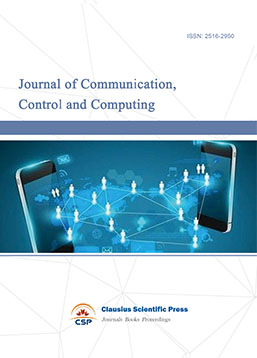
-
International Journal of Surveying and Mapping
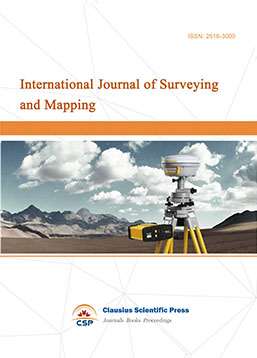
-
Information Retrieval, Systems and Services
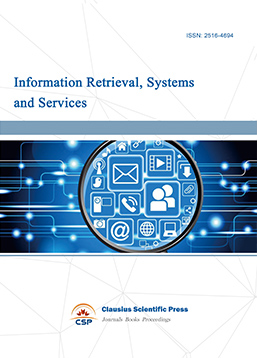
-
Journal of Biometrics, Identity and Security

-
Journal of Avionics, Radar and Sonar
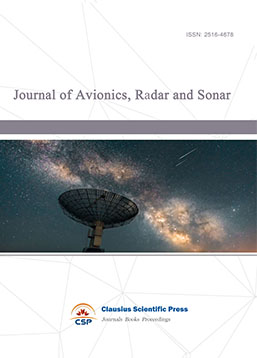

 Download as PDF
Download as PDF